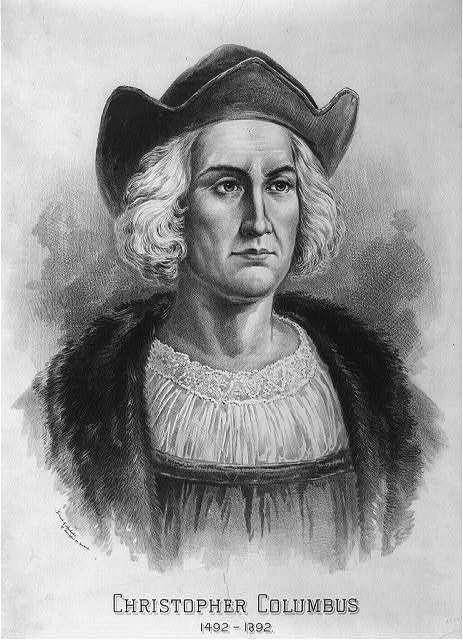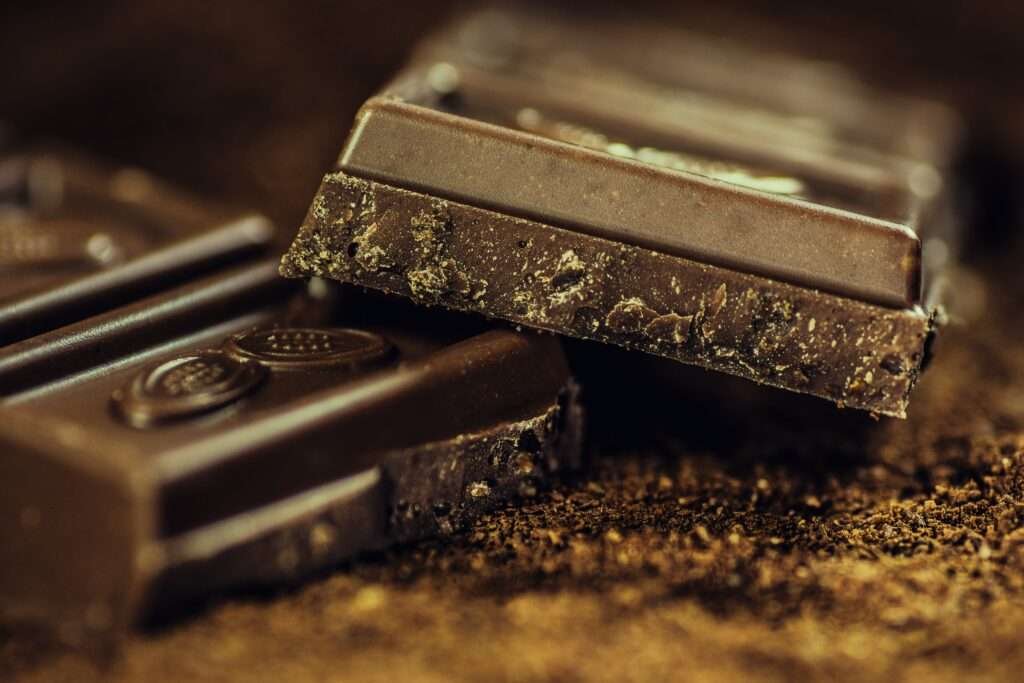Chocolate, that beloved indulgence enjoyed by millions around the world, has a rich and captivating history that spans. Centuries. From its humble beginnings in ancient Mesoamerica to its status as a global culinary sensation, the story of chocolate is one of intrigue, discovery, and innovation.
So, how did it spread across the world? When the first chocolate bar was made? Where was chocolate first discovered? Who is behind this great invention?
When most of us hear the word “Chocolate”, it conjures up image of bars, coated candies, and cakes. But the chocolate of today is little lite chocolate of the past. Throughout much of history, chocolate was a revered but bitter beverage, not a sweet, edible treat. But more on that later.
Cacao Tree


Millions of years ago, the Theobroma cacao tree originated in the upper Amazon basin region. “Theobroma” comes from ancient Greek and translates as “Food of the Gods.” Later, it came to be called the cacao tree or chocolate tree. The cacao tree is tropical and thrives in hot and humid regions of the world, typically near the equator. Cacao trees bloom in an unusual manner, with tiny flowers growing in clusters directly from the trunk and large branches. They are pollinated by tiny flies called midges. The trees then bear large pods, similar in shape to a papaya. When cacao pods ripen, they are cut open, each containing an average of 20 to 40 cream-colored cacao beans.
The Origins
The origins of chocolate date back some 4,000 years ago to ancient Mesoamerica. The first people to taste the fruits of this unusual tree were representatives of the ancient Olmec civilization. They referred to the cacao tree with the word “kakava.” Cacao beans were dried in the open sun, during which process they assumed a dark brown color. The Olmecs then ground the beans into a powder, which was mixed with hot boiling water, cornmeal, and spices. The result was a thick, bitter, foamy drink.

In place of the Olmecs came the Maya, and the cacao tree became the classic cult tree for this ancient tribe. The Maya were so fond of chocolate that they not only gathered cacao beans in the forest but also learned to grow trees in their gardens. Mayan chocolate was thick and frothy, often mixed with hot water and chili peppers. The Mayans, who considered cacao a gift from the Gods, used chocolate for sacred ceremonies and funeral offerings. They held a yearly festival to honor the cacao god Ek Chuah. As the people of the Aztec empire spread across Mesoamerica in the 1400s, they began to prize cacao. They believed that cacao came from the Gods on their holy mountain. A feathered serpent god, called Quetzalcoatl, was believed to have gifted the divine bean to humans. Since the Aztec couldn’t grow it in the dry highlands of central Mexico, they traded with the Mayans for the beans. The Aztecs used them as currency to buy food and other goods. A single bean could fetch you an avocado, while four beans could be traded for a pumpkin, and ten beans for a healthy rabbit. It was a time when money literally grew on trees. Aztec chocolate was a revered brew made of roasted and ground cacao seeds mixed with spices. The Aztecs poured this mixture from one pot into another, creating a thick foamy beverage called “xocolatl,” meaning “bitter water.” The Aztecs held chocolate in great reverence, using it at marriage ceremonies and also giving the drink to victors after battles and using it during religious rituals. It’s rumored that the powerful Aztec ruler Montezuma II drank 50 cups of chocolate a day for energy and as an aphrodisiac. He kept a storage room full of beans acquired through trade, tax, and military conquest.
The European Exploration

Christopher Columbus and his crew were among the first Europeans to encounter cacao beans, yet they missed the chance to shape the history of chocolate. In 1502, Columbus stumbled upon cacao beans after intercepting a trade ship bound for America. Despite bringing these newfound treasures back to Europe, their true worth was initially overlooked by the Spanish King and his court. In 1519, the infamous conquistador Hernan Cortez embarked on a journey to Mesoamerica with the intent to establish Spanish colonies. Montezuma, perceiving Cortez as a divine entity, welcomed him with a lavish banquet featuring drinking chocolate. However, Cortez found the beverage repulsive, describing it as “swill for pigs.” Following the Spanish conquest of the Aztecs, Cortez returned to Spain laden with chests filled with cacao beans. Initially prized for their medicinal properties, they were recommended for ailments such as stomach aches, indigestion, coughs, and fever.
European tastes soon adapted, crafting their own versions of hot chocolate infused with cane sugar, cinnamon, and various spices, resulting in a delightful concoction. By the 17th century, the craze for chocolate had swept across Europe, initially captivating Italy before spreading to other affluent European nations. However, the mass production of chocolate remained a challenging and costly endeavor. Countless African slaves and indentured laborers were forcibly transported to cacao plantations in South America to undertake the grueling labor required.
The First Chocolate Bar

For a long time, chocolate was just a drink that people enjoyed, often mixed with milk instead of water. But in 1828, a Dutch chemist named Coenraad van Houten invented something cool called the “cocoa press.” This machine could separate cocoa butter from cocoa beans, making cocoa powder and cocoa fat. This made it much easier to make chocolate drinks. And because of this, chocolate became cheaper and more available to everyone. Then in 1847, a British chocolate maker named Joseph Fry made the first chocolate bar using cocoa butter, cocoa powder, and sugar. He poured this mixture into molds, and ta-da! The chocolate bar was born. Later, in 1861, Richard Cadbury made the very first heart-shaped box of chocolates for Valentine’s Day.

People loved these boxes, and they became really popular. In 1875, a Swiss chocolate maker named Daniel Peter used powdered milk to make the first milk chocolate bar. This started the chocolate industry as we know it today.
By the 20th century, chocolate was a favorite treat for lots of people, no matter their social class. During World War II, chocolate was even given to soldiers as part of their rations. It was also given to pilots and submarine crews. That’s how chocolate went from being a bitter drink to the delicious treat we enjoy today!
From Beans to Bar

Here’s how chocolate is made nowadays: First, cocoa beans are harvested twice a year. They’re put into big boxes or piles and covered with banana leaves to ferment. This process gives the beans flavor and turns the pulp into liquid. Then, the beans are dried to remove moisture. After drying, they’re packed and sent to chocolate factories. At the factory, the dried beans are roasted in big ovens that spin them around. This brings out their flavor and smell. Next, the beans are “winnowed,” which means the shells around them are removed, leaving only the roasted cocoa nib. These nibs are then ground into a paste called chocolate liquor. This paste is used to make chocolate bars.
By the way, there are four main types of chocolate: Dark, Milk, White, and Ruby. Ruby chocolate is made from a special bean called the ruby cocoa bean. During manufacturing, it gets a pinkish color and tastes a bit sour-sweet, like berries.
Easter has been associated with the chocolate tradition for centuries. Chocolate is a great gift that people can give to their loved ones on Valentine’s Day. Christmas without chocolate just doesn’t seem right. And, of course, you’ll never want to celebrate your birthday without chocolate birthday cake! The U.S. National Confectioners Association list four primary chocolate holidays in their calendar. No holiday, festival or even party is complete without it. One bar of chocolate is enough to make any child feel the happiest.
